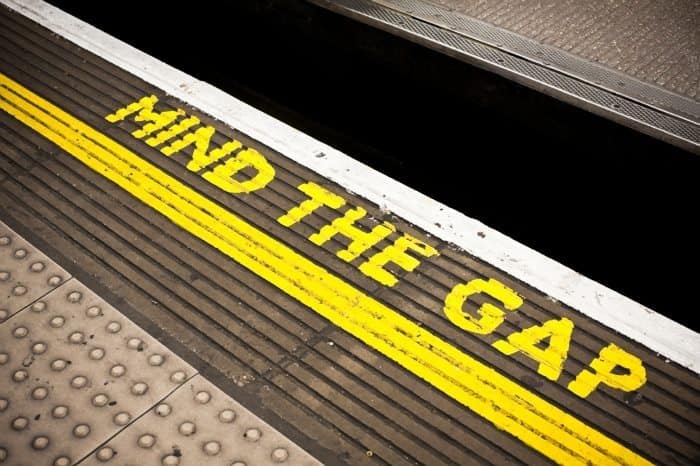One of the most beloved metaphors in the marketing world is the greased chute. The idea is that once a prospect starts reading or viewing your sales or marketing material, you want to make it incredibly easy for them to continue reading and listening, their interest building the longer they go, until they decide that they need to buy now, now, NOW!
Copywriters and clever marketers have dozens of tactics, tricks, and strategies that they use to create the greased chute effect, and it is undeniably powerful. Many of these are fairly innocuous and occur in almost all types of sales or marketing, such as:
- The use of captivating headlines
- Benefit-laden bullet points
- Length limits on paragraph size (to ensure that no single piece looks like too much effort to read)
- Using a story structure; and appeals to emotion
Marketers have become very, very good at using these tools to make their products and services seem extremely appealing to consumers. Add in testing of multiple elements that affect buying behavior, and it’s possible to create ads and campaigns that are more persuasive than ever before. This brings its own problems though, namely, The Expectations Gap.
The Expectations Gap is the term for the difference between what a customer was sold and what they actually get. This gap can be created intentionally through overzealous sales and marketing from the company, or inadvertently through fantastic word of mouth (“You absolutely must try this restaurant—it was the best meal that I have ever had on my 70 years of traveling this planet, and I guarantee that absolutely everything you taste will put you in a state of bliss unrivalled by even the most powerful drug!!!”).
Companies have to maintain a careful balance between making their products and service sound as appealing as possible and preparing new customers for the inevitable less than perfect experiences that they may come across. Failure to manage the Expectations Gap is one of the most common causes of new customer attrition.
Are you paying enough attention to the gap?
